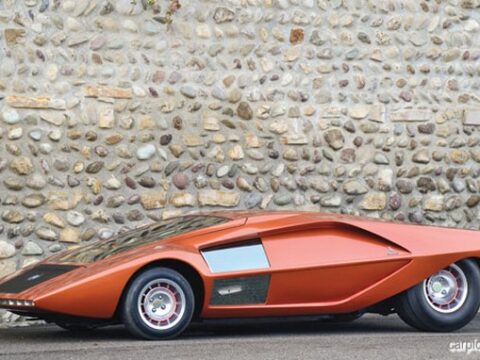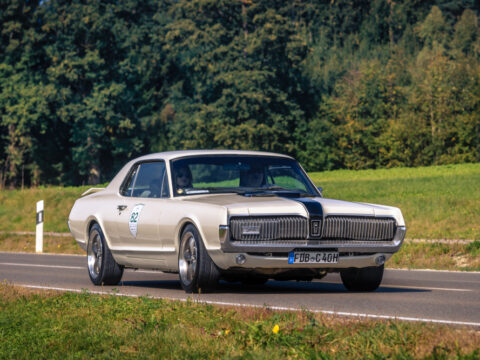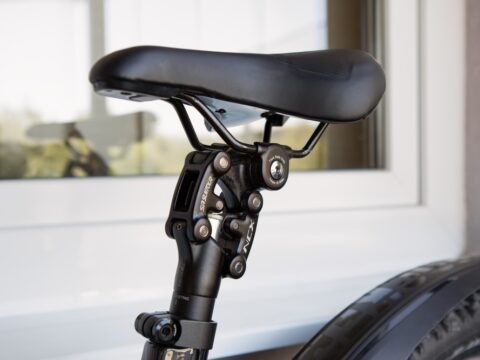Not every classic car is a success story. While Europe has produced some of the most iconic vehicles in history, there are many models that didn’t quite hit the mark. From mechanical issues to uninspired designs, these lesser-known classic European cars failed to impress drivers and critics alike. Here’s a look at 18 of them that missed the spotlight.
Contents
Alfa Romeo Arna

The Alfa Romeo Arna was a joint venture between Alfa Romeo and Nissan in the 1980s, but the result was far from impressive. Designed to combine Italian styling with Japanese engineering, it ended up offering neither brand’s best qualities. Its unremarkable looks, poor handling, and lackluster performance made it forgettable. Moreover, the Arna was notorious for rust issues, which only further diminished its appeal, and it quickly faded from the market.
Austin Allegro
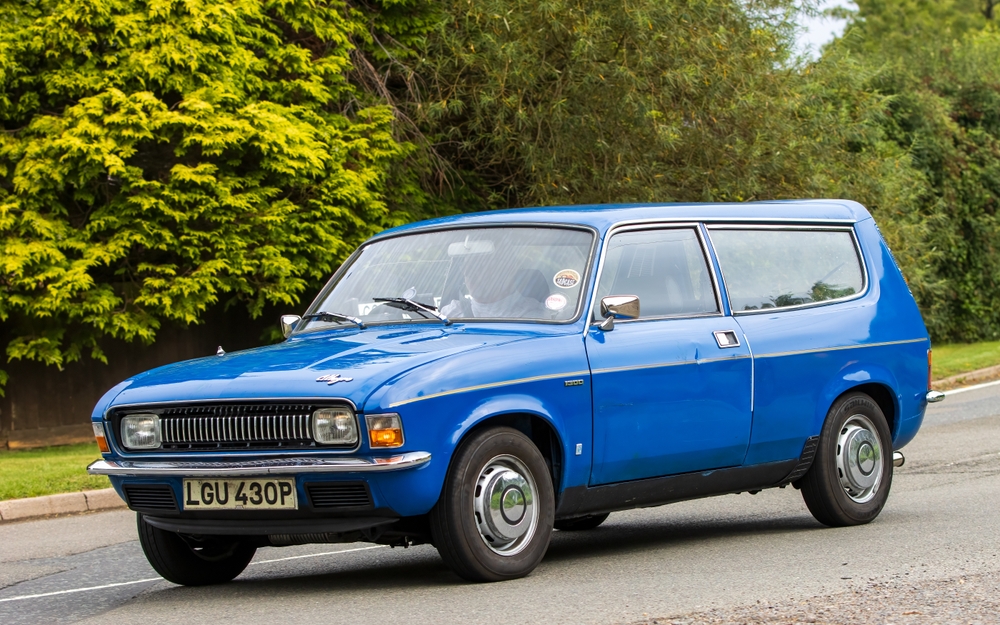
Produced from 1973 to 1982, the Austin Allegro was a bold attempt by British Leyland to introduce modern engineering. Unfortunately, its odd boxy design and the infamous “quartic” steering wheel puzzled buyers more than it attracted them. In addition to its awkward appearance, the Allegro was plagued by reliability problems, particularly with its suspension and engine.
Lancia Beta
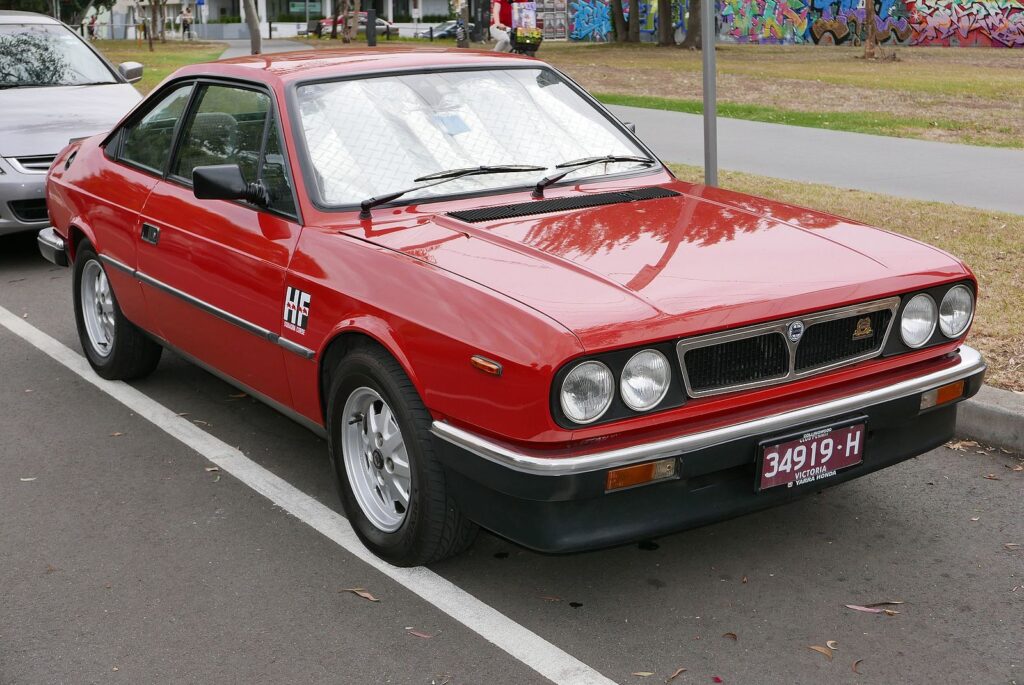
The Lancia Beta, introduced in 1972, seemed like a promising car with sleek Italian design and commendable performance. Unfortunately, it became infamous for severe rust issues that plagued early models, leading to a costly recall. This overshadowed the Beta’s otherwise strong driving dynamics and handling. Despite efforts to address these problems, the damage to Lancia’s reputation was done, and the Beta’s legacy remains tarnished by rust.
Simca 1100
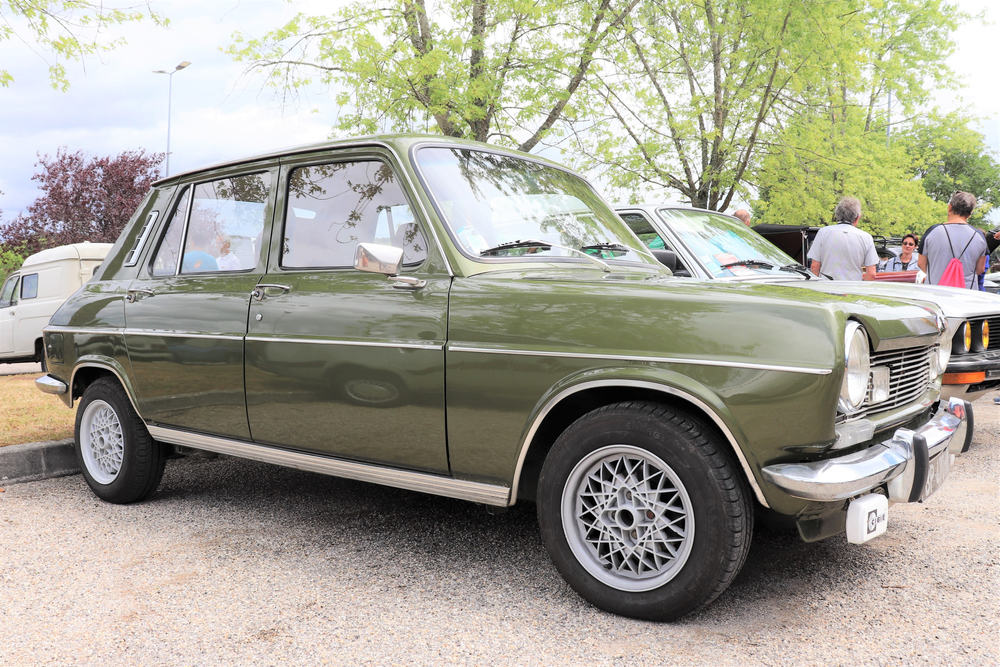
The Simca 1100, launched in 1967, was ahead of its time with its front-wheel-drive setup and hatchback design. While it introduced innovative features, it was let down by its mundane styling and unimpressive performance. Mechanical issues, especially with its engine and transmission, coupled with rust problems, hurt its reputation.
Fiat 126
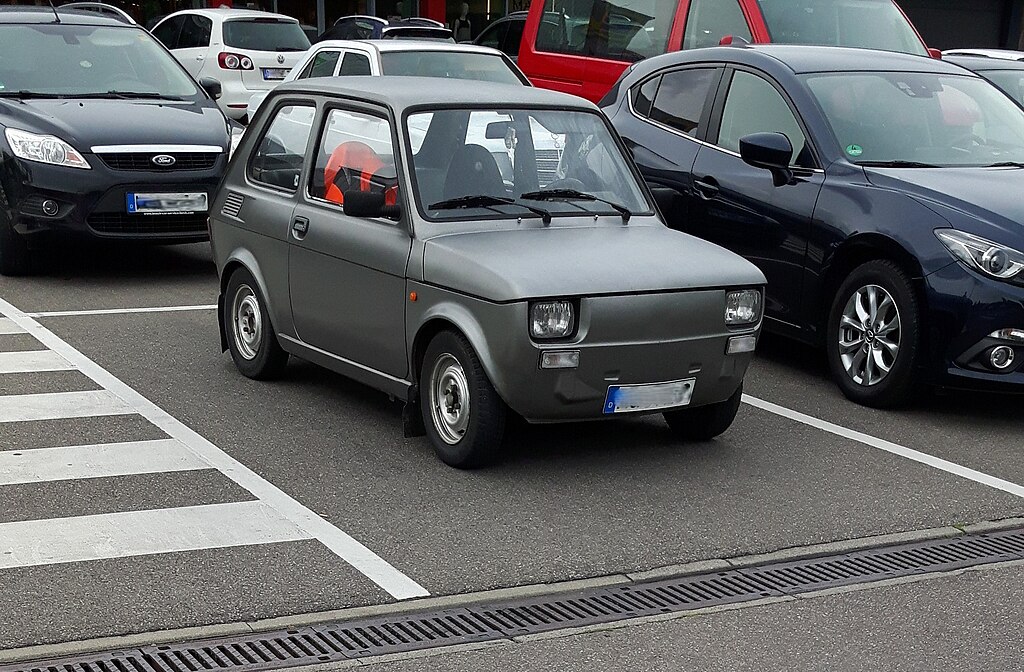
Fiat released the 126 in 1972 as a successor to the beloved 500, but it struggled to live up to its predecessor’s charm. While practical and affordable, the 126 was seen as too basic, lacking both style and personality. Its small, boxy design and cramped interior failed to appeal to a broader audience. Even though it found success in Eastern Europe, it didn’t make much of an impact in Western markets.
Rover SD1
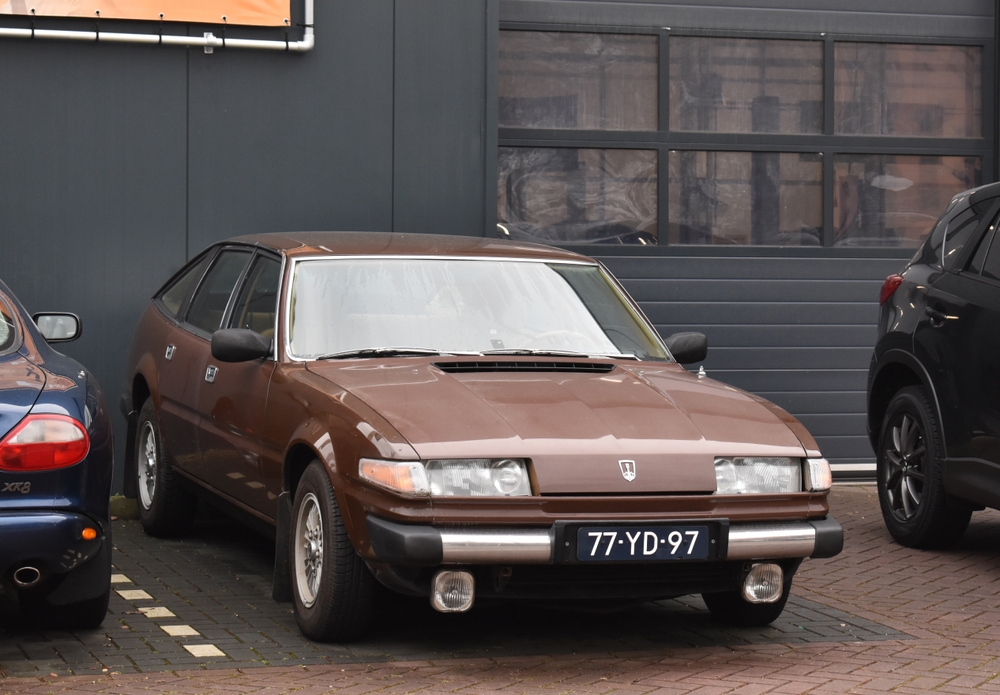
The Rover SD1 was intended to be a luxury vehicle that could compete with the likes of BMW and Mercedes. Introduced in 1976, its futuristic design initially garnered attention, but its build quality let it down. Plagued by electrical problems and reliability issues, the SD1 failed to deliver on its luxurious promise. Despite being awarded European Car of the Year in 1977, its reputation quickly soured as these defects became evident.
Citroën GS

Citroën introduced the GS in 1970, showcasing its innovative hydropneumatic suspension and aerodynamic design. However, while advanced, the GS was riddled with problems, particularly with its engine and rust-prone body. Despite its comfortable ride, these mechanical issues severely impacted its long-term reliability. Over time, the GS’s appeal waned, and it’s now largely forgotten despite its early promise.
Talbot Tagora
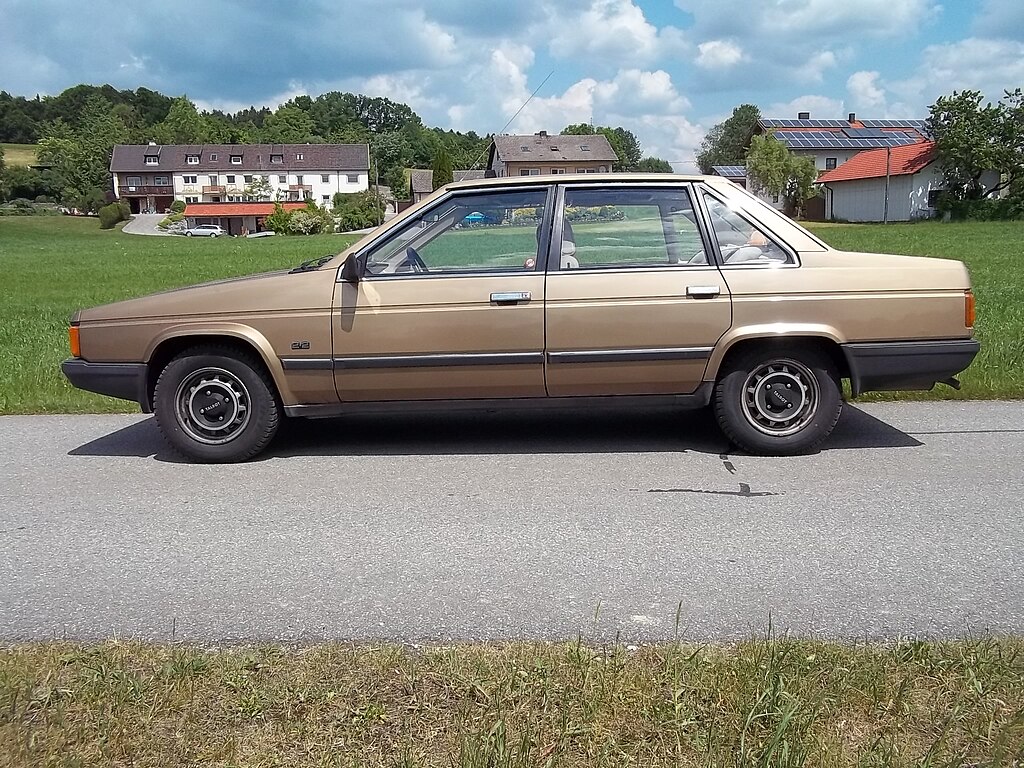
The Talbot Tagora was launched in 1981 as a large executive car but never found its footing in the market. Bland styling and mediocre performance left it unable to compete with more refined rivals. Despite some advanced features for its time, it lacked the prestige and quality associated with luxury cars. After just three years of production, the Tagora was quietly discontinued due to poor sales.
Renault Fuego
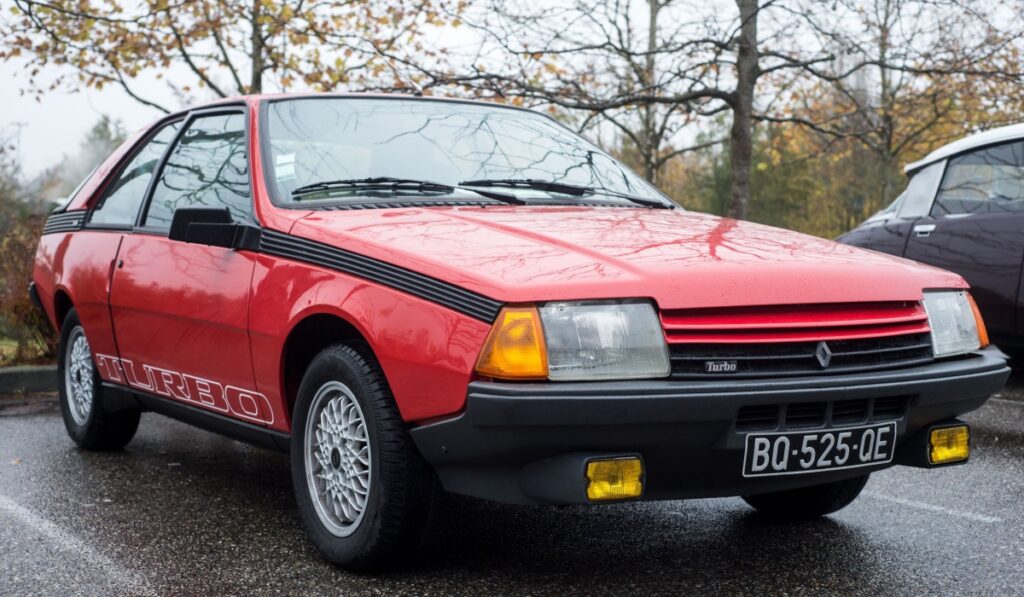
Renault hoped to capture the sports coupe market with the Fuego in 1980, but it missed the mark. Although it featured a sleek, aerodynamic design and a turbocharged engine, the Fuego was plagued by reliability issues. Its electrical problems, in particular, became notorious, severely damaging its reputation. Despite its futuristic looks, the Fuego never achieved the success Renault had envisioned.
Triumph TR7
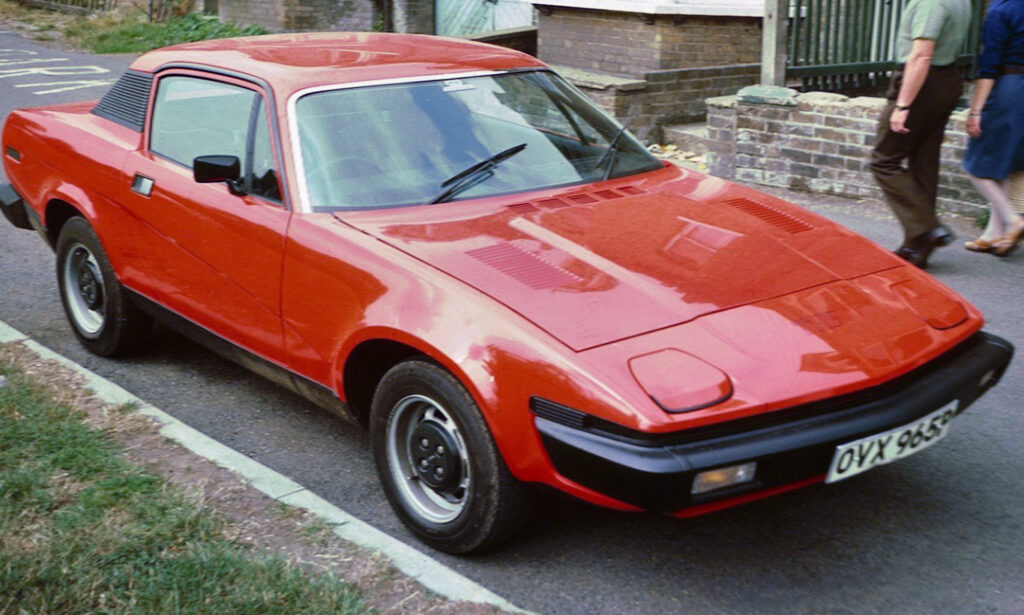
The Triumph TR7, with its wedge-shaped design, was meant to be a futuristic sports car when it launched in 1974. However, the car’s controversial appearance divided opinions, and it suffered from numerous mechanical problems, including electrical and engine failures. Its lack of power further disappointed those looking for a true sports car experience.
Peugeot 604
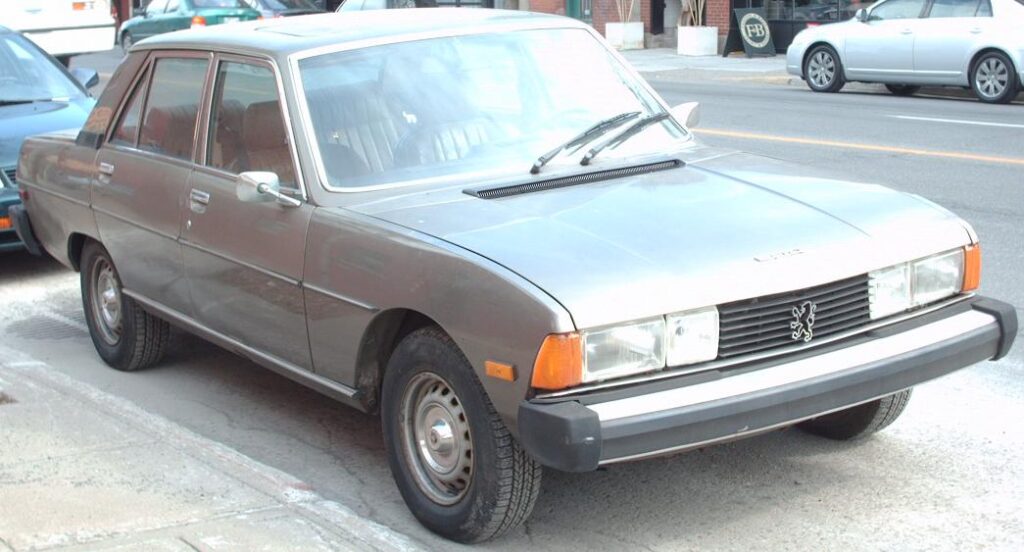
Launched in 1975, the Peugeot 604 aimed to establish itself in the luxury sedan segment. While it offered a smooth ride and a spacious interior, its conservative design failed to excite buyers. Underpowered engines and frequent reliability issues, especially with its diesel models, further hindered its success. Unable to compete with the likes of Mercedes or BMW, the 604 quietly faded from the market.
Volkswagen K70
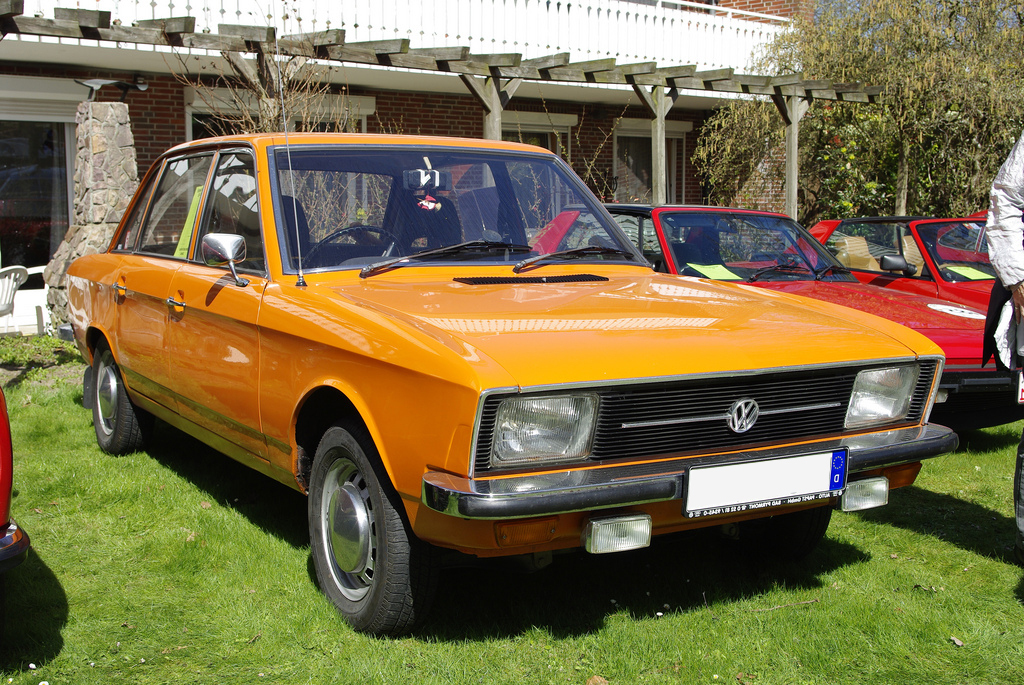
The Volkswagen K70, introduced in 1970, was VW’s first water-cooled, front-engine car, but it struggled to find an audience. Originally developed by NSU, the car felt like an awkward compromise between the two brands. While it provided a comfortable and smooth ride, it lacked the dynamic performance and reliability that buyers expected. As a result, it was overshadowed by more successful models like the Passat.
Morris Marina
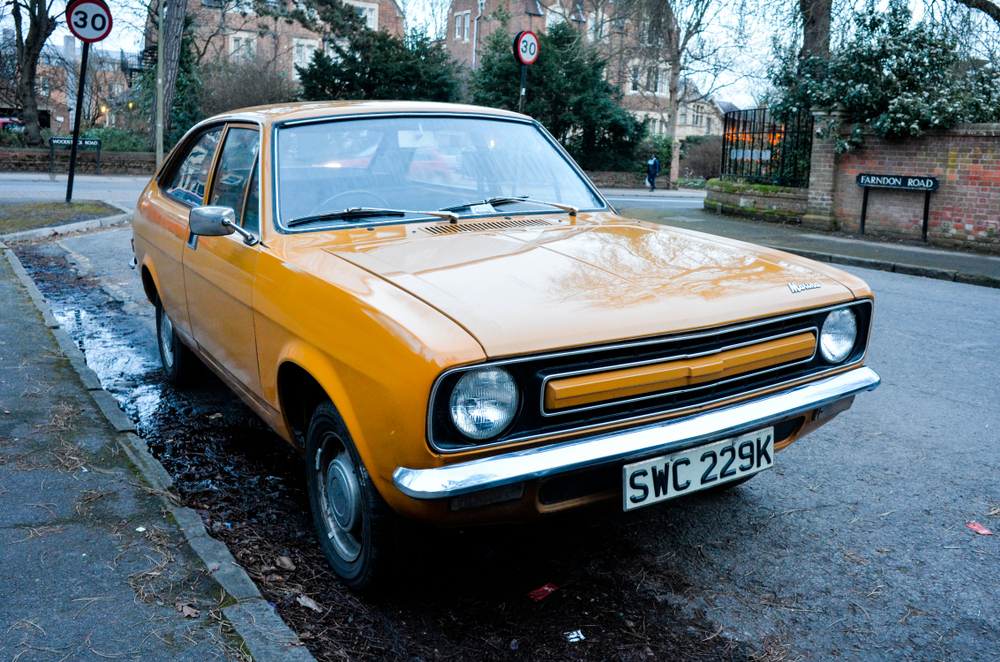
The Morris Marina, produced from 1971 to 1980, is often remembered as one of Britain’s least impressive cars. While it sold well initially, the car’s uninspired design, poor handling, and numerous mechanical faults led to widespread dissatisfaction. The Marina’s outdated technology and corner-cutting build quality made it a symbol of British Leyland’s decline.
Citroën BX

The Citroën BX, introduced in 1982, featured a distinctive, angular design and was packed with innovative technology like hydropneumatic suspension. However, these advancements came at the cost of reliability, as the car frequently suffered from mechanical and electrical problems. While it offered a comfortable ride, rust issues and complex repairs made ownership a challenge. The BX’s quirky charm was not enough to elevate it to classic status.
Alfa Romeo Alfasud

Introduced in 1971, the Alfa Romeo Alfasud was praised for its sharp handling and sporty nature. Unfortunately, its notoriety for rust issues overshadowed its initial success, with many cars suffering severe corrosion within just a few years. Though fun to drive, the Alfasud’s build quality left much to be desired, and it became a prime example of unrealized potential. Its reputation for poor durability eventually caused it to fall out of favor with buyers.
Rover 800
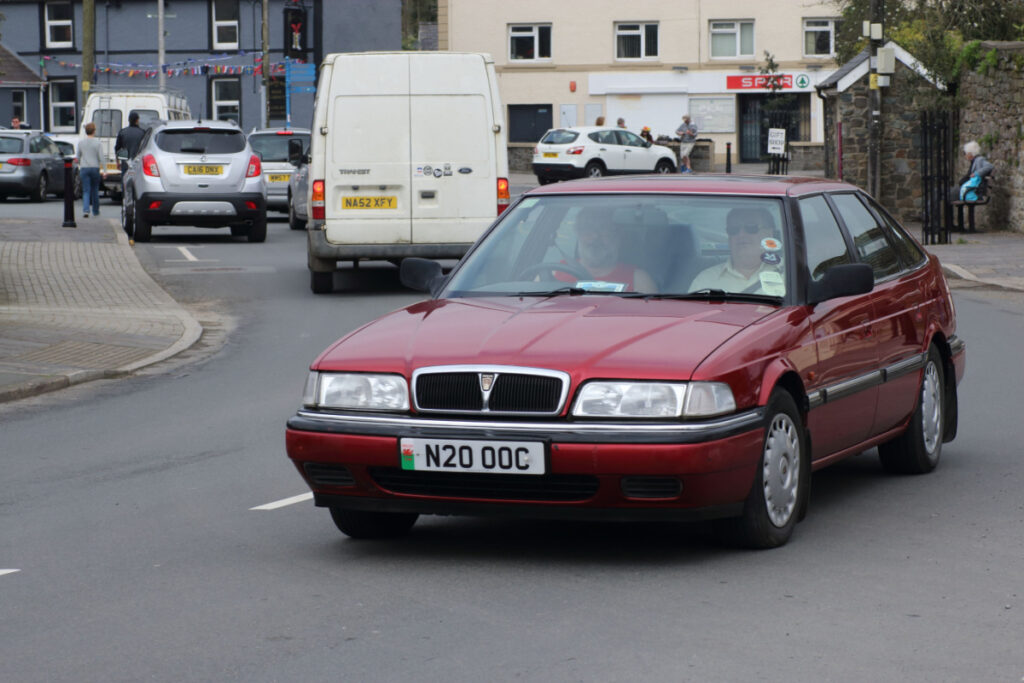
The Rover 800 was launched in 1986 as a flagship model, developed in partnership with Honda. While it initially seemed promising, its inconsistent build quality and underwhelming design failed to capture the attention of luxury car buyers. Electrical issues, particularly with its digital dashboard, frustrated owners and mechanics alike. Despite improvements in later models, the Rover 800 struggled to compete against more established luxury brands.
Fiat 130
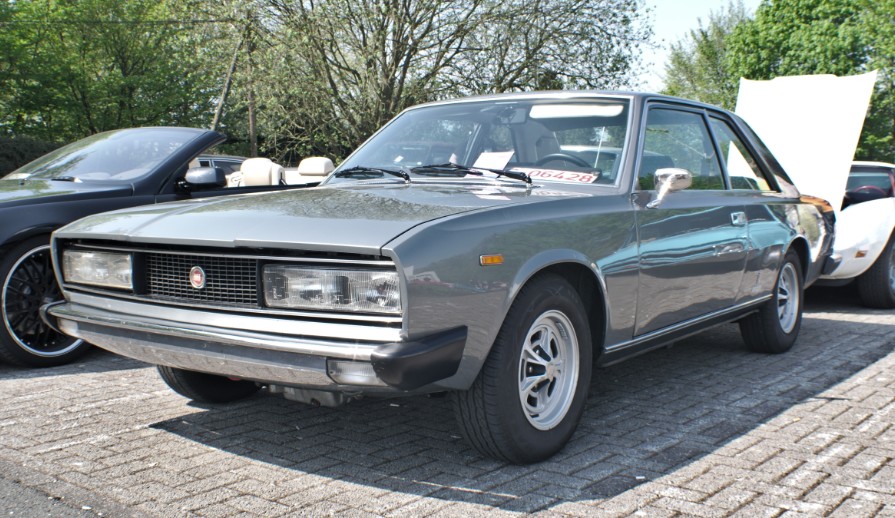
Fiat introduced the 130 in 1969 as a luxury sedan, aiming to compete with higher-end European brands. While the car boasted elegant design and a smooth ride, it was ultimately held back by its underwhelming engine performance and frequent electrical problems. Fiat’s inexperience in the luxury market was evident, and the 130 was unable to challenge competitors like Mercedes and BMW. After several years of poor sales, Fiat quietly discontinued the model.
Renault Vel Satis
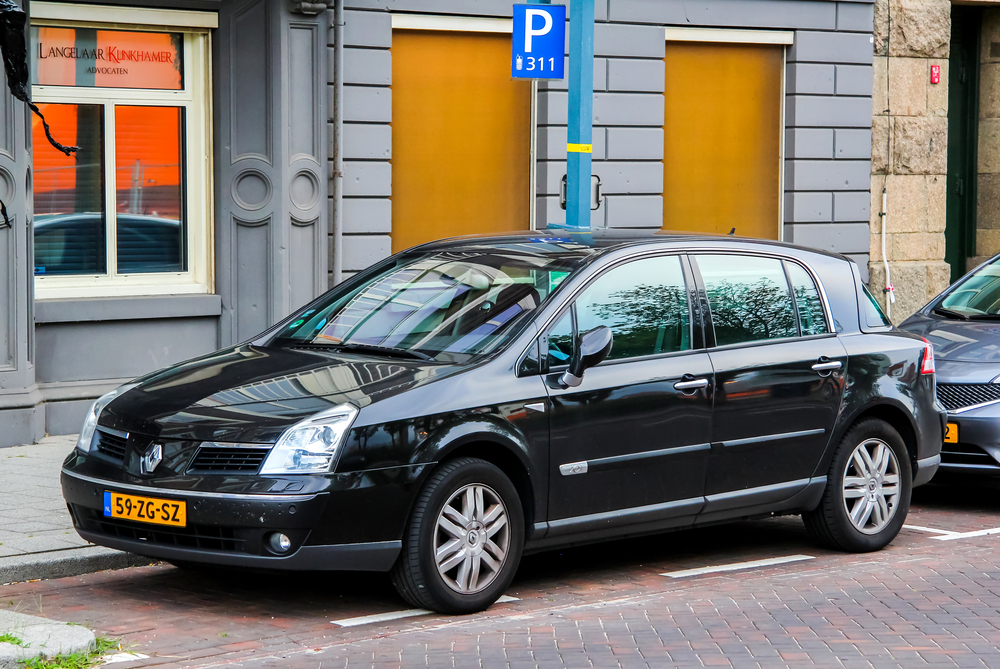
Renault’s attempt to break into the luxury car market with the Vel Satis in 2001 was met with disappointment. Its bold and unusual design failed to resonate with buyers, and while the car offered a comfortable and spacious interior, reliability issues quickly surfaced. Electrical problems and build quality concerns marred its reputation.
This article originally appeared in MyCarMakesNoise.
More from MyCarMakesNoise
17 Electric Car Failures That Left Drivers Disappointed
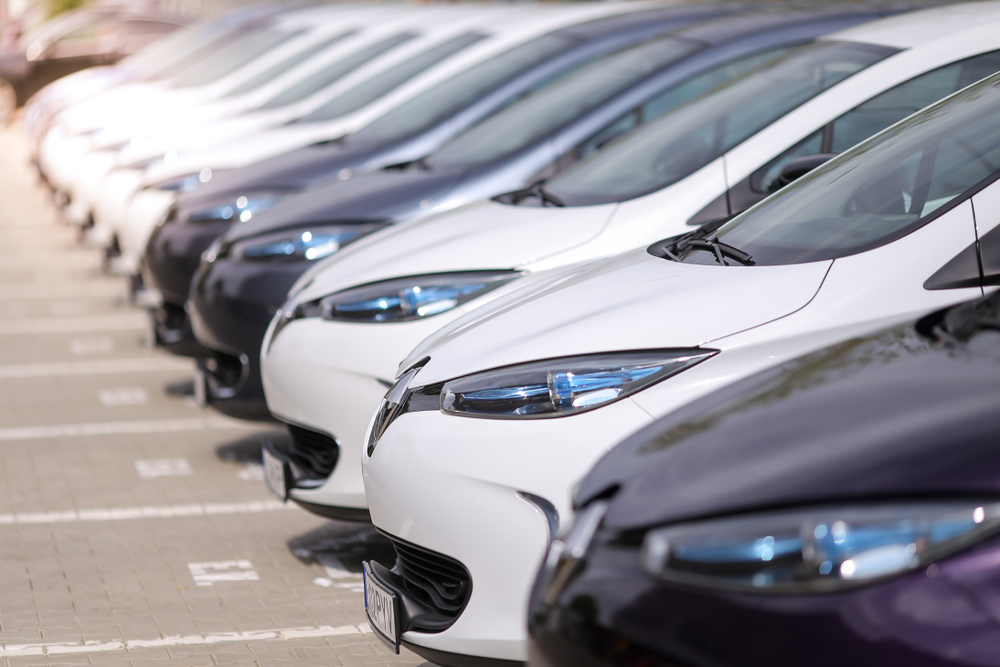
Electric cars have been hailed as the future of transportation, promising to revolutionize the way we drive with eco-friendly, efficient, and high-tech features. However, not every electric vehicle has lived up to the hype. Read More.
20 Best-Looking Concept Cars That Never Made It to Production
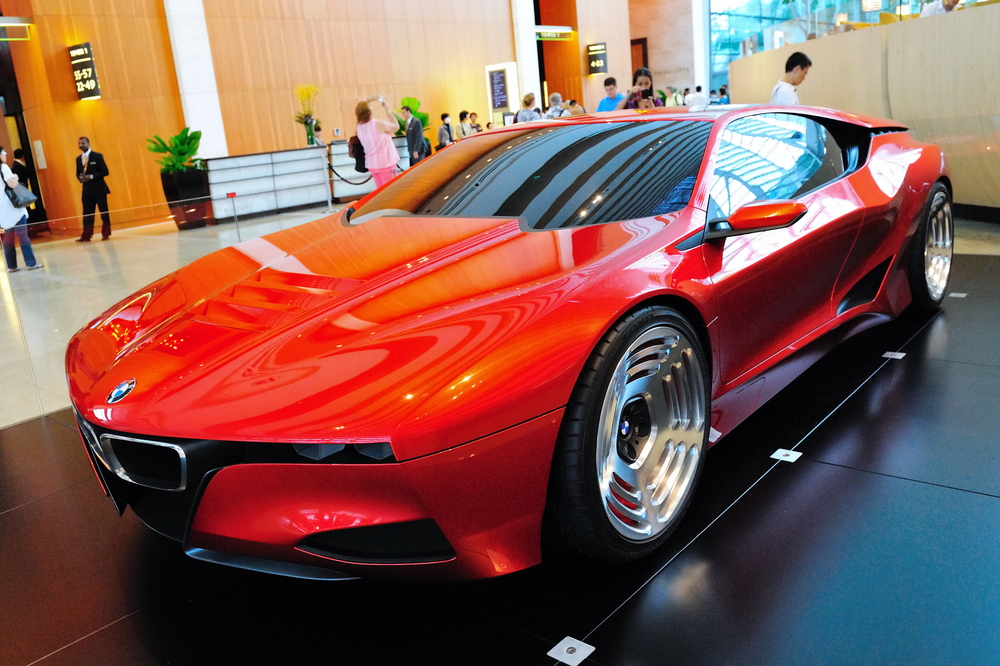
Concept cars often showcase the cutting-edge designs and futuristic ideas of automakers, pushing the boundaries of what’s possible. However, not all of these stunning vehicles make it to production. Read More.
10 Surprising Non-Automotive Products by Lamborghini

Lamborghini is best known for its high-performance supercars, but the brand has also ventured into surprising non-automotive products that reflect its signature style and luxury. Read More.

